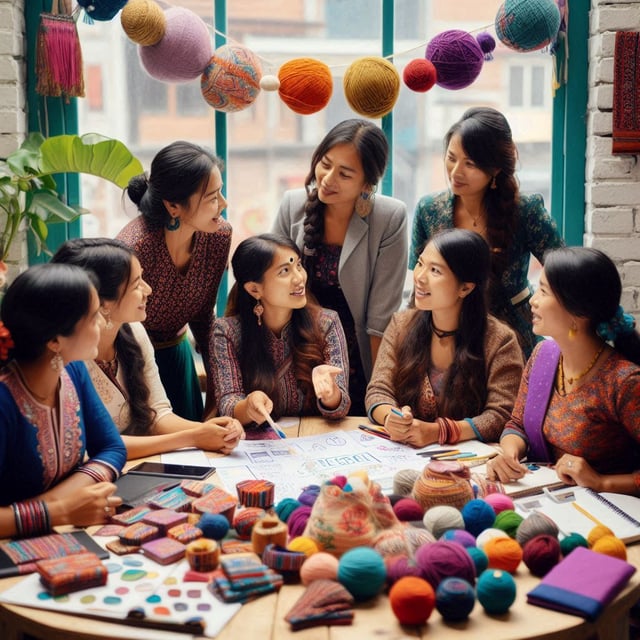Women Lead Nepal: Part II

The new technology has empowered women, one of the cases is of Kamal Rai.
She came across a YouTube video of freshwater pearl farming in India watched several instructional videos and realized she could start her own business.
The pearl farming can be done with a small investment and a bit of knowledge. She founded Shree Mahakali Pearl Farm and Training Center in 2018- Nepal’s first and only commercial pearl farm.
At the farm, freshwater mussels are used to grow cultured pearls. These pearls are used to make jewelry, handicraft items, and fish feed.
Pearl has a high demand in the country and Nepal imports $376.24 in 2019. Her farm offers three-month training that provides knowledge of surgery, and preoperative, and post-operative mussel care.
Shree Mahakali Pearl Farm sells individual pearls whose prices range from Rs.300-Rs.600 per piece depending on their size quality and shine.
As society changes social norms have also been transformed. It was taboo for females to till field but that has been debunked in Ramechhap as females are taking roles because males of the villages have gone for foreign employment, forcing them to till the land. After they started tilling, society also started respecting her.
In another case, women have been able to be community leaders. Khori Village, Bajhang used to be riddled with Chhaupadi, casteism, gender disparity, and violence.
Women worked on farms while males leisurely played cards and carom all day and in the evening would drink alcohol returning home a dunk.
The women came together to form an informal committee, the first decision was to stop the production of alcohol in the village.
Then women levied a fine of Rs.5,000 to anyone who came drunk in the village. They used the money for development projects such as drinking water taps. 34% of the total budget was collected from fines on alcohol consumption and sales and 66% was supported by Rural Village Water Resource Management Project.
These are a few stories of women who have been contributing to national development, each has its own unique story.
Women traditionally have been contributing in areas such as the carpet industry. However, with technological accessibility, women have been able to achieve and share their stories with to rest of the world.
Author
Kripendra Amatya
Editor
Dana Moyal Kolevzon, Director of International Relations, Nepa~laya Productions
Published Date
January 1, 1970



